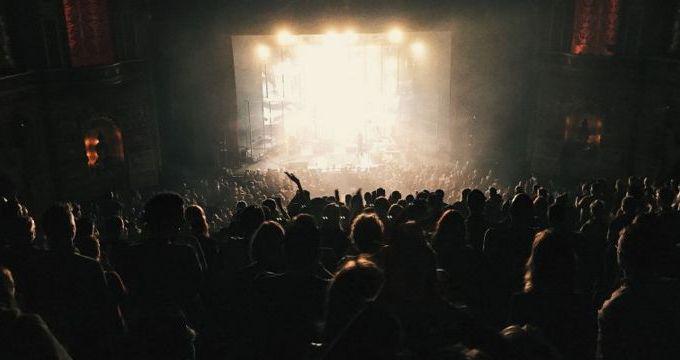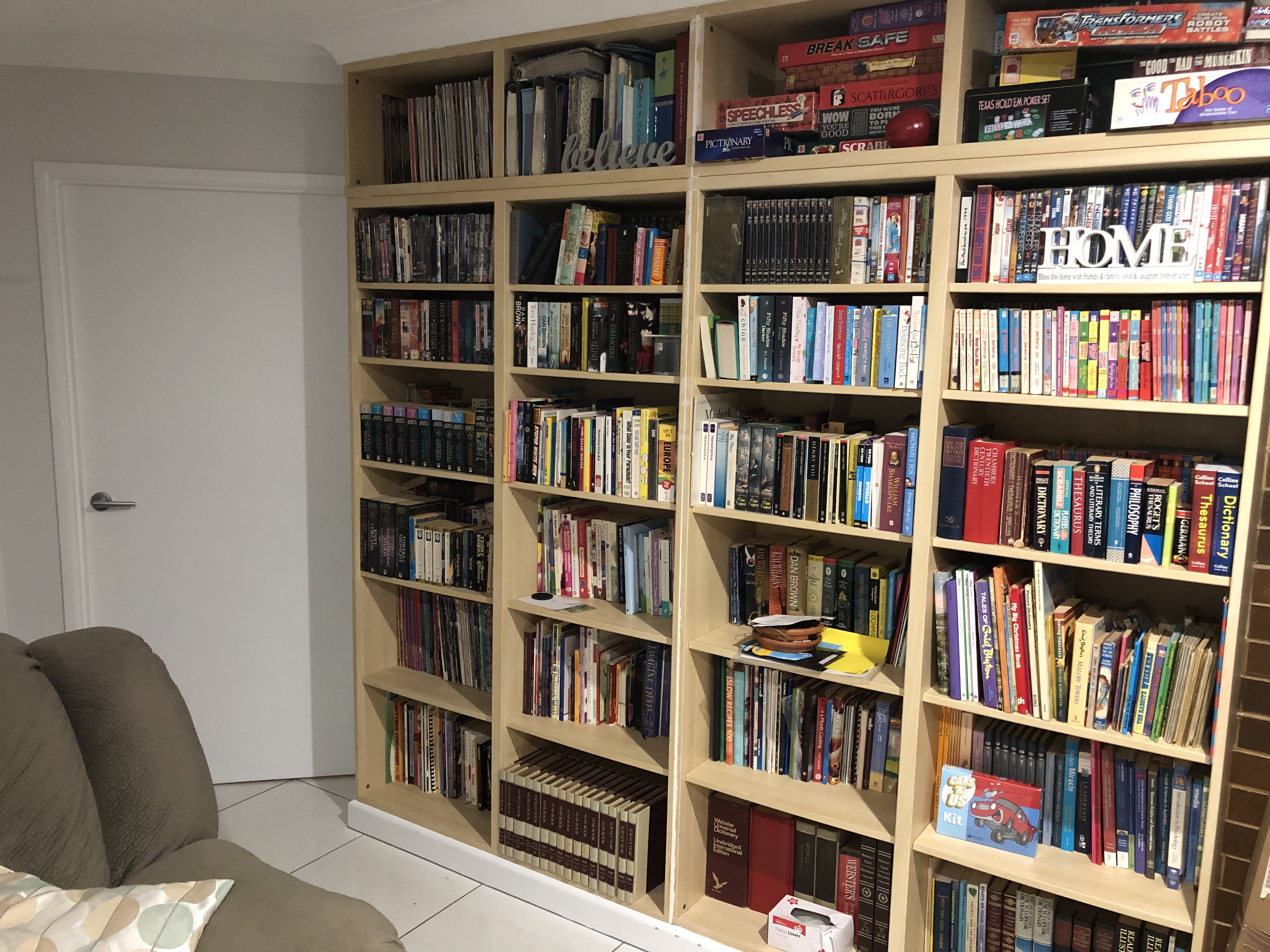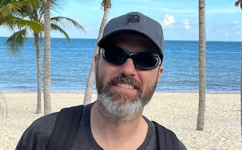How I approached Podcasting


I have been taking a number of digital media units as part of my University work because, as an IT person, public speaking and being more open is an area I am always trying to work on. This trimester I took a Social Media unit, looking at how social media, online communities and your online identity play a part in different fields. As part of this unit I recorded a podcast looking at the literature around the role of identity and community plays in crowdfunding projects, particularly for creative people such as musicians, artists and film producers.
Podcast on the importance of Identity and Community for creatives watning to crowd projects. Music Space - orchestral provided by by lasercheese (CC-BY-3.0)
We were given a broad range of subjects and I found exploring how (or if!) crowdfunding has been democratised by sites like Kickstarter the most interesting. So, like I normally do, I started reading and a number of different papers and but most of these papers and books focused on techniques to build and interact with communities to successfully fund a project. I did also find a number of papers (included in the references below) that take a retrospective look at a number of successful, creative focused projects, and the impact identity and community had on their success. These resources really helped narrow and define my topic, as well as provided interesting material for discussion.
Once I had read through the material, I approached the planning for the podcast in a similar way to how I approach presentations I need to do through work:
1) Plan out the high-level points and their order. 2) Rough out a script / notes of the points I want to talk to. 3) Practice until I get comfortable with the presentation.
I find this process helps me considerably being both comfortable with talk about varying subjects, but also allows me to make sure the presentation sounds good and isn’t jarring or unnatural in the way I have normal conversations. This planning phase left me with a reasonable script and good timing with regards to the length of the required podcast so then it came down to recording.
My study is not overly a great place generally for voice recordings, hardwood floors and a fairly noisy computer makes for a lot of background noise. So, to minimise this I ended up recording the podcast in my rumpus room (which has a very large bookshelf on one side and large drapes on the other) using my laptop and a decent microphone (Rode NT-USB) using Audacity. The raw recording still had some background noise but Audacity noise removal effect helped remove most of it.

My voice recording ended up, after editing, being fairly long at almost four and a half minutes so I tried to keep the final product fairly simple. When recording my podcast, I would repeat sentences I didn’t like at the time so it gave me a lot of raw material to work with. My process for editing was generally:
- Remove all but the best sentences from the recording
- Select any silence between sentences and use Audacity’s Generate Silence effect to minimise background noise
- Remove any ums or clicks using Generate Silence where possible. With the raw audio edited down I used some nice background music from the Open Game Art site (I am a gaming fan :-P) with some fade in and out transitions.
References
Bennett, L., Chin, B., and Jones, B. (eds) 2014, Crowdfunding the Future, viewed 16 January 2019, https://doi.org/10.3726/978-1-4539-1546-2
Coleman, C. 2014, Crowdfunding and Online Identity: Cashing in on Authenticity?, Journal of Music Research, viewed 16 January 2019, http://www.jmro.org.au/index.php/mca2/article/view/115
Kromidha, E & Robson, P 2016, Social identity and signalling success factors in online crowdfunding, Entrepreneurship & Regional Development, vol. 28, no. 9⁄10, pp. 605�629, viewed 16 January 2019, http://search.ebscohost.com/login.aspx?direct=true&db=buh&AN=120420765&site=ehost-live.
